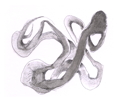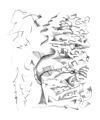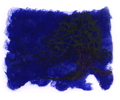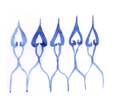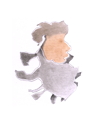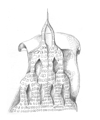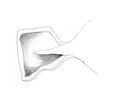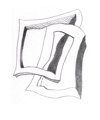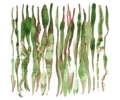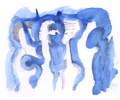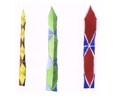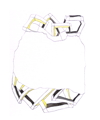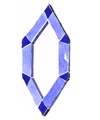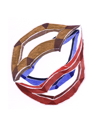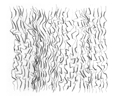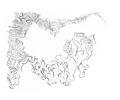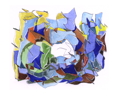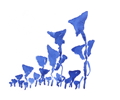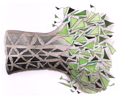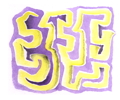
|
Some backstory to "Hurrying":
It's November 1968 and my family is spending Thanksgiving
week at my grandparents's house in New Orleans; a highlight of the year for me.
I loved New Orleans and all my family there.
Thanksgiving dinner started when my cousins arrived. I remember a wonderful, warm light pervading the room.
The peak of the evening for me happened early, during the time before dinner when we had hors d'oeuvres: little pickles,
fancy crackers, and (later I found out) caviar - I was told
I would not like the taste. : ) I remember we had chopped up egg and
making a cracker with just the egg whites.
I felt sophisticated being in New Orleans, with plenty of good food, and my mother was at ease and with her family in the house where she grew up - she was home - and the cousins we had over were like brothers and sisters.
My family projected to me an intellectual and refined air - connoisseurs - real taste that comes from one's experience - and somehow this created an attractive energy.
Relevant to "Hurrying" are the picture books my cousins brought to share that were purchased on a trip to England. These particular books must have come from a museum. I remember that they were filled with black and white images, line drawings of complicated mazes in various irregular shapes, including castle shapes. Cool, thin black lines on white paper, interesting shapes, embedded illustrations, and the whole thing was a puzzle you could solve.
In that supercharged otherworldly atmosphere, filled with sensory pleasures, my five year old mind was blown with the beauty and intricacy of these maze images. That evening I received an unconscious understanding about the vast potential of images to layer meaning: historical, graphical, logical, aesthetic, etc; and that clever combinations of these layers could shift my world view. Results from being opened by those maze books first appeared about a week later in "Hurrying" and I can assure you that the understandings are still unfolding today.
|

